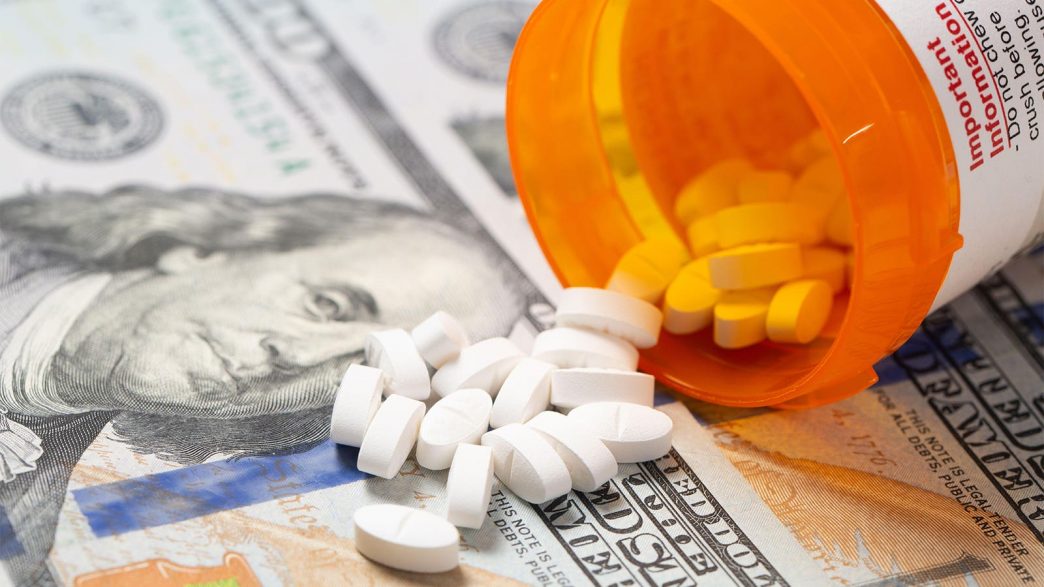—
Spending reached $4.9 trillion, with spending on physician and clinical services up 7.4%
by
Joyce Frieden, Washington Editor, MedPage Today
December 18, 2024
Health spending in the U.S. rose by 7.5% in 2023, to $4.9 trillion, compared with an increase of 4.6% in 2022, according to figures released Wednesday by CMS.
“Much of the growth came from faster growth and spending [by] private health insurance, which increased 11.5%, and Medicare, which increased 8.1%,” Anne Martin, of the CMS Office of the Actuary, said during a briefing sponsored by Health Affairs. “For Medicaid, although spending and enrollment continue to increase, the rates of growth were lower in 2023 compared with 2022 — Medicaid spending grew by 7.9% in 2023 compared with 9.7% growth in 2022.”
This faster growth occurred in part because spending on traditional fee-for-service Medicare went from a decline of 1.4% in 2022 to an increase of 1.7% in 2023, Martin and colleagues explained in an article in Health Affairs. In addition, “Medicare Advantage private plan spending continued to experience rapid growth … and accounted for 52% of total Medicare expenditures in 2023,” up from 39% in 2019, they wrote.
As spending by insurers has increased, the percentage of insured people in the U.S. has also been increasing over the last 4 years, she said. The insured population “reached a high of 92.5% in 2023,” Martin said. “This increase can be attributed to strong growth in private health insurance enrollment, particularly in 2022 and 2023, that was driven by strong increases in [Affordable Care Act] marketplace enrollment. Employer-sponsored private health insurance also contributed to the increase.” Medicaid enrollment “remained high, at 91.7 million beneficiaries,” she said.
In terms of healthcare services, hospital care had the largest increase in growth, with a 10.4% increase in 2023 compared with 3.2% in 2022, Martin said. “For physician and clinical services, spending increased 7.4% in 2023 compared to growth of 4.6% in 2022, and these increases were both primarily attributable to growth in non-price factors such as the use and intensity of services.”
Prescription drug spending was also up, growing 11.4% in 2023 following growth of 7.8% in 2022, she said, adding that “Rapid growth in the use of antidiabetic drugs contributed to this increase. Additionally, the growth is due to factors associated with mix, which includes how many prescriptions are dispensed, whether they are brand or generic, and the price.”
Although physician spending rose, “price growth was low and steady between the two years,” Martin told MedPage Today during a question-and-answer session. “Prices only increased 0.6% [in 2023] as compared to 0.5% in 2022 … So since the price was steady, basically the acceleration is attributed to use and intensity increasing, and a lot of that is through private health insurance and Medicare.”
Ben Washington, also of the CMS Office of the Actuary, agreed that the intensity of spending on physician services in Medicare and private insurance contributed to the increase, as did a rise in out-of-pocket spending. “Also, we did notice … that there was a high flu season in 2023, so that could contribute to some of the use increase that we’re seeing” in spending on physician services, he said.
Regarding the sector’s relationship to the gross domestic product (GDP), “during the height of the pandemic — primarily due to increased federal COVID relief funding — the national health expenditure (NHE) share of GDP increased to 19.5% in 2020,” said Martin. “However, as the supplemental federal funding subsided and growth rates for health spending came down, the NHE share of GDP returned to 17.6% in 2023, which was about the same share as in 2019, when it was 17.5%.” And during the 2020-2023 period, health spending and the GDP grew at about the same rate: 6.6% for NHE and 6.5% for GDP.
-
![author['full_name']](https://clf1.medpagetoday.com/media/images/author/JoyceFrieden_188.jpg)
Joyce Frieden oversees MedPage Today’s Washington coverage, including stories about Congress, the White House, the Supreme Court, healthcare trade associations, and federal agencies. She has 35 years of experience covering health policy. Follow














